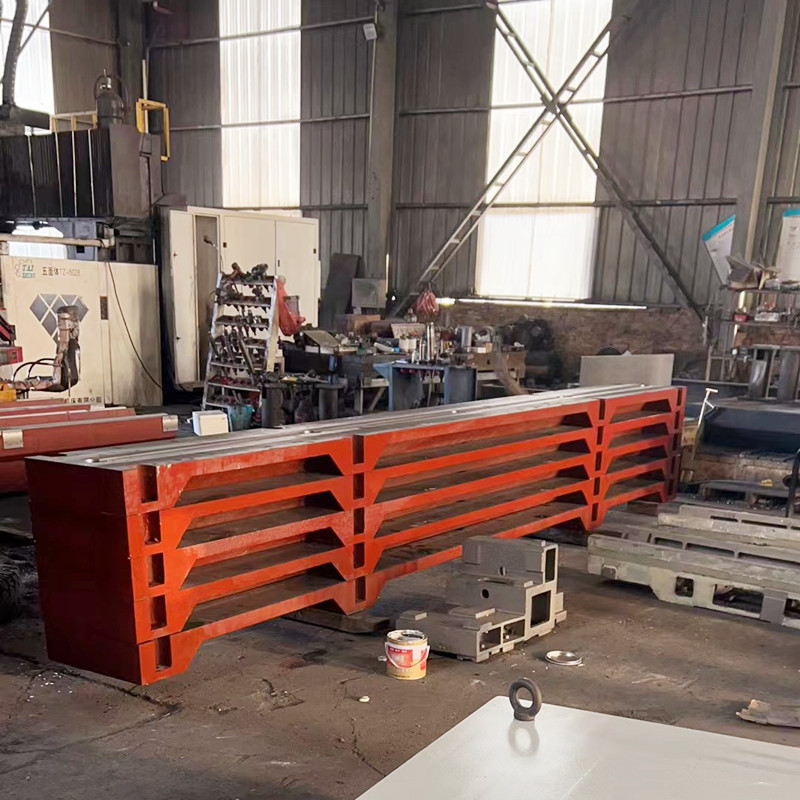Nov . 06, 2024 13:37 Back to list
Exploring Techniques and Applications of Grounding in Welding Operations
Understanding Grounding in Welding A Comprehensive Overview
Welding is a fundamental process in various industries, from construction to manufacturing, and ensuring the safety and efficiency of this process is paramount. One of the critical aspects of welding is proper grounding. Grounding in welding refers to the connection of the welding equipment to the earth or another conductor, which is essential for preventing electric shock, enhancing equipment performance, and ensuring high-quality welds.
The Importance of Grounding in Welding
The primary purpose of grounding in welding is to provide a safe path for electrical current. When a welding machine is not properly grounded, the risk of electrical shock increases significantly. An ungrounded system can lead to increased voltage potential between the workpieces and the welder, which can be dangerous, especially in wet or humid environments. Proper grounding ensures that any stray electrical currents are safely channeled away from the welder and the equipment, minimizing the risk of injury.
Furthermore, grounding plays a crucial role in the functionality of the welding equipment. A well-grounded system helps to stabilize the arc, leading to a more consistent and controllable welding process. Inadequate grounding can result in erratic arcs, which may cause defects in the welds, such as porosity or incomplete fusion. This not only compromises the quality of the weld but can also lead to significant safety hazards in the finished product.
Types of Grounding Systems
There are several types of grounding systems used in welding, including direct grounding, ground rod systems, and grounding through conductive surfaces. Each of these systems has its specific applications and benefits, depending on the working environment and the type of welding being performed.
1. Direct Grounding This method involves connecting the welding machine directly to a ground point, typically a ground rod driven into the earth. This setup is common in industrial settings where safety is a major concern.
2. Ground Rod Systems Ground rods are installed in the ground and connected to the welding equipment. This method is effective in providing a low-resistance path for electrical currents, thereby enhancing safety.
grounding welding table

3. Conductive Surface Grounding In some cases, welding equipment can be grounded through conductive surfaces, such as metal tables or frames. This type of grounding is often used in workshops where equipment is regularly moved or rearranged.
Best Practices for Grounding in Welding
To ensure the effectiveness of the grounding system, several best practices should be followed
- Regular Inspections Regularly inspect grounding connections and rods for wear or degradation. Corroded or loose connections can significantly reduce the effectiveness of the grounding system.
- Use Quality Materials Always use high-quality, conductive materials for grounding systems. The use of inferior materials can lead to increased resistance and decreased safety.
- Follow Manufacturer Guidelines Adhere to the manufacturer’s recommendations for grounding your specific welding equipment. Different machines may have varying requirements based on their design and intended use.
- Train Personnel Ensure that all personnel involved in the welding process are trained in the importance of proper grounding and the associated safety practices. Awareness and education are key in preventing accidents.
Conclusion
In conclusion, proper grounding is an essential component of a safe and efficient welding process. By understanding the importance of grounding, the various types of grounding systems, and adhering to best practices, welders can significantly reduce the risks associated with electrical shock and improve the quality of their work. Prioritizing grounding not only enhances safety but also contributes to the longevity and performance of welding equipment. As the industry continues to evolve, continuous education and improvement of grounding practices will remain integral to successful welding operations.
-
Precision Manufacturing with Advanced Spline Gauge DesignNewsJul.31,2025
-
Industrial-Grade Calibrated Pin Gauges for Exact MeasurementsNewsJul.31,2025
-
Industrial Filtration Systems Depend on Quality Filter DN50 SolutionsNewsJul.31,2025
-
High-Performance Gate Valve WholesaleNewsJul.31,2025
-
Granite Surface Plate The Ultimate Solution for Precision MeasurementNewsJul.31,2025
-
Granite Industrial Tools The Ultimate Guide for Bulk BuyersNewsJul.31,2025
Related PRODUCTS









